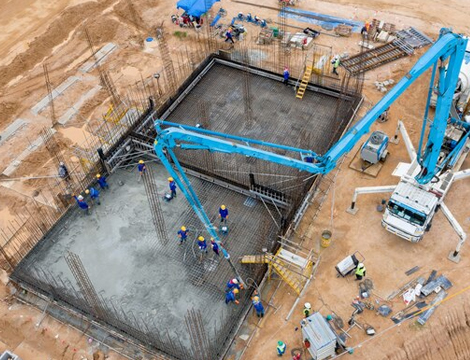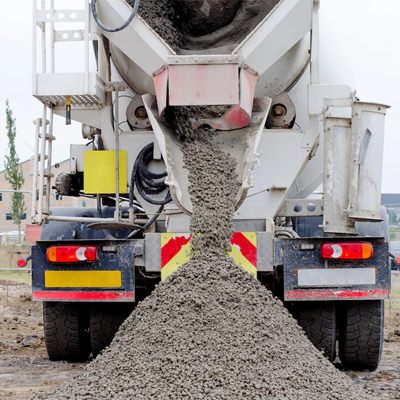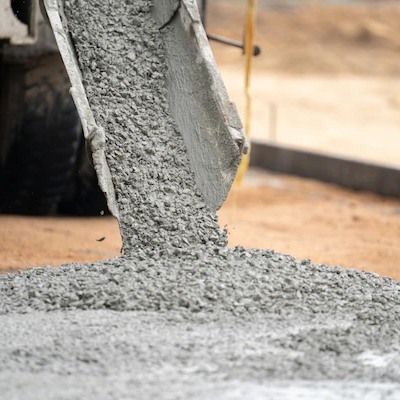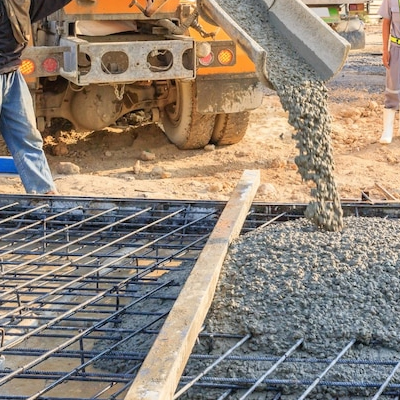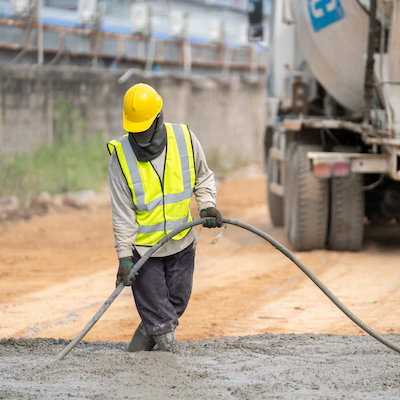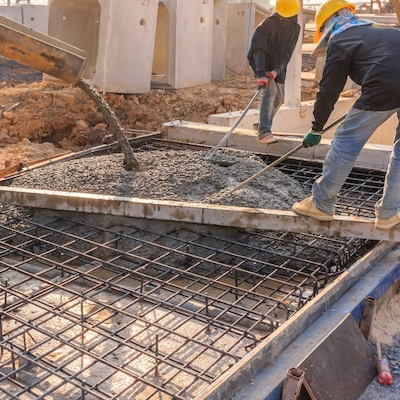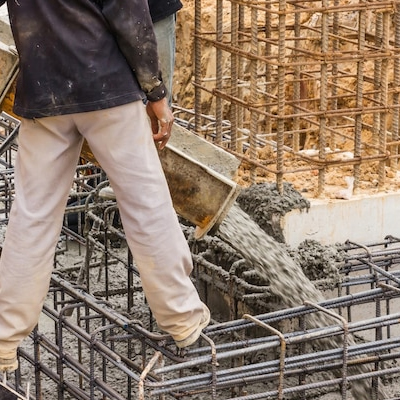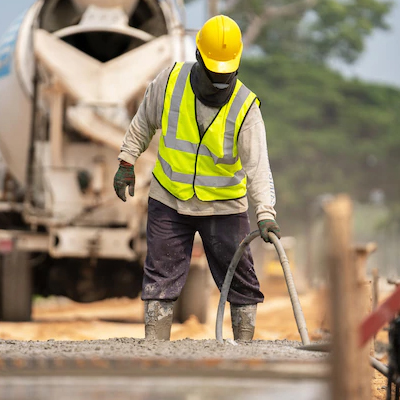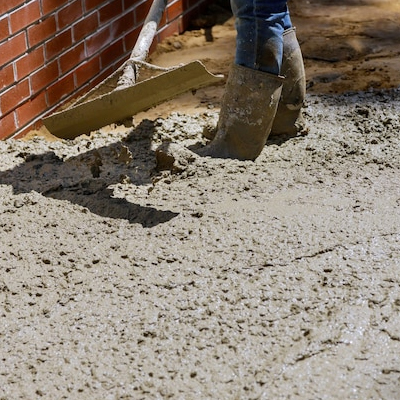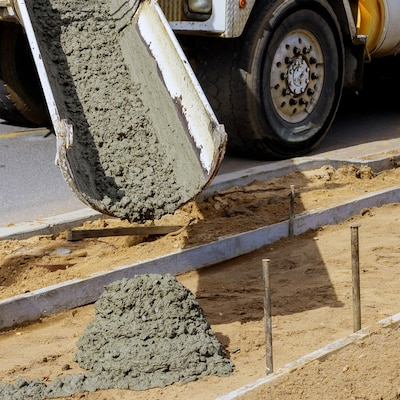- PH: +91 95431 00500
- Email: info@shreeshabuildingsolution.org
FOAM CONCRETE & NAAC
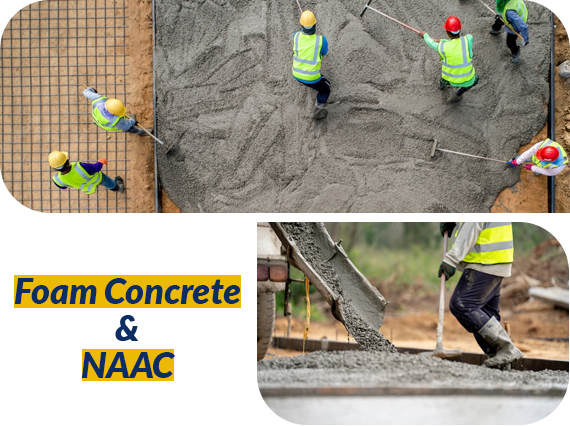
PROPERTIES OF FOAM CONCRETE
Foam concrete is not as same as conventional concrete and does not have the same characteristics. The properties of lightweight foam concrete can be classified into fresh state properties and hardened state properties. The fresh state property is stability. The hardened properties are classified into physical, mechanical, durability and functional characteristics
- Stability
- Drying Shrinkage
- Air-Voids
- Density
- Compressive Strength
- Flexural & Tensile Strengths
- Durability of Foam Concrete
- Water Absorption
- Fire Resistance
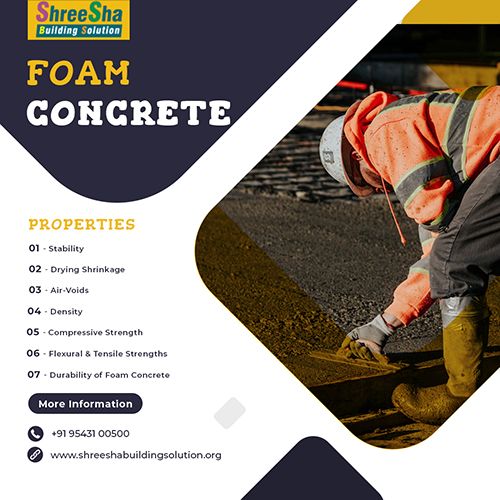
Applications of Foam Concrete with different densities
| Density (kg/m3) | Applications |
|---|---|
| 300 – 600 | Used for roof and floor insulation against heat, Sound and also for interspaces filling between brickwork leaves in underground walls, insulation in hollow blocks and any other filling situation where high insulating properties are required. |
| 600 – 900 | Used for the production of precast blocks and panels for curtain and partition walls, slabs for false ceilings, Thermal insulation and soundproofing screeds in multi-level residential buildings. |
| 900 – 1200 | Used in concrete blocks and panels for outer leaves of buildings, architectural ornamentation as well as partition walls and floor screeds. |
| 1200 – 1800 | Used in precast panels of any dimension for commercial and industrial use, garden ornaments and other uses where structural concrete of light Weight is an advantage. |
ADVANTAGES OF FOAM CONCRETE
Does not settle, hence requires no compaction.
Lightweight - does not impose large loadings.
Free flowing - spreads to fill all voids.
Excellent load spreading characteristics.
Once placed requires no maintenance.
Reliable quality control - batches are easy to reproduce.
Foam Concrete was low water absorption over time.
Excellent fire resistant properties.
Highly cost effective compared with other methods.
Enables fast work & Easy to re-excavate.
Sufficiently strong and durable for most applications.
Excellent sound and thermal insulation.
BENEFITS OF FOAM CONCRETE
The foam concrete blocks brings so many advantages. Some of them are Tremendous weight reduction, high thermal insulation, optimum fire rating, substantial material savings, no gravel used, little cement, less steel in structure and foundation, easy and fast production, no primary energy and reduced transportation costs, boon for remote areas with only sand available.
Get Quote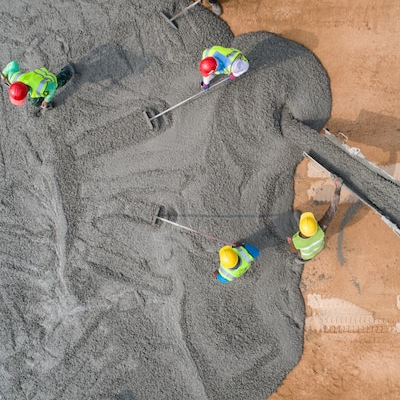
FOAM CONCRETE APPLICATION AREAS
- Sunken filling areas
- Inverted beams filling areas
- Portico slabs filling
- Loose fill insulation, loft, cavity, acoustic filling
- trench backfill
- precast blocks
- precast wall elements / panels
- prefabricated insulation boards
- Raise roof levels
- bridge approaches / embankments
- insulating compensation laying
- insulation floor screeds
- Light weight concrete for weathering course areas
- insulation roof screeds
- trench reinstatement
- sub-base in highways
- filling of hollow blocks
- pipeline abandonment / annular fill
